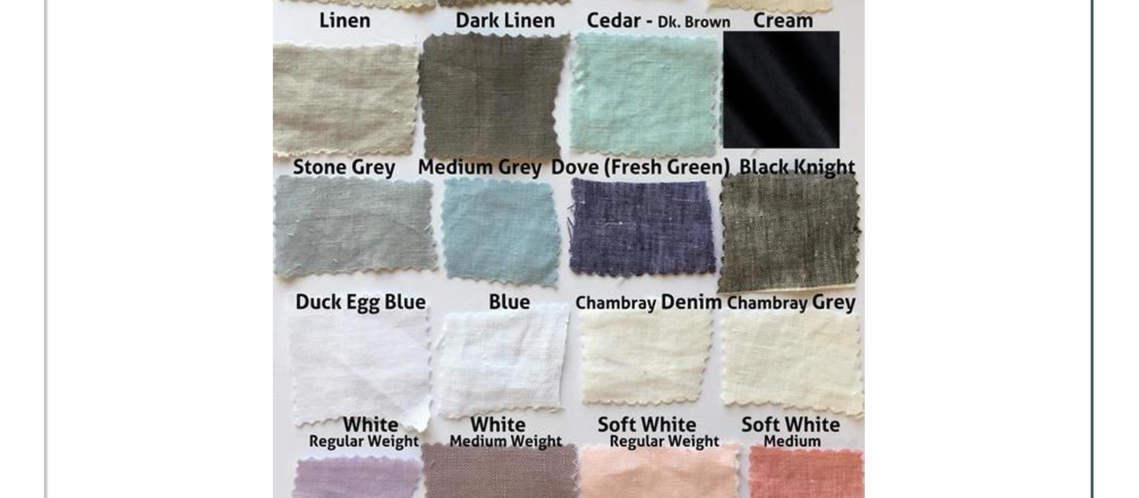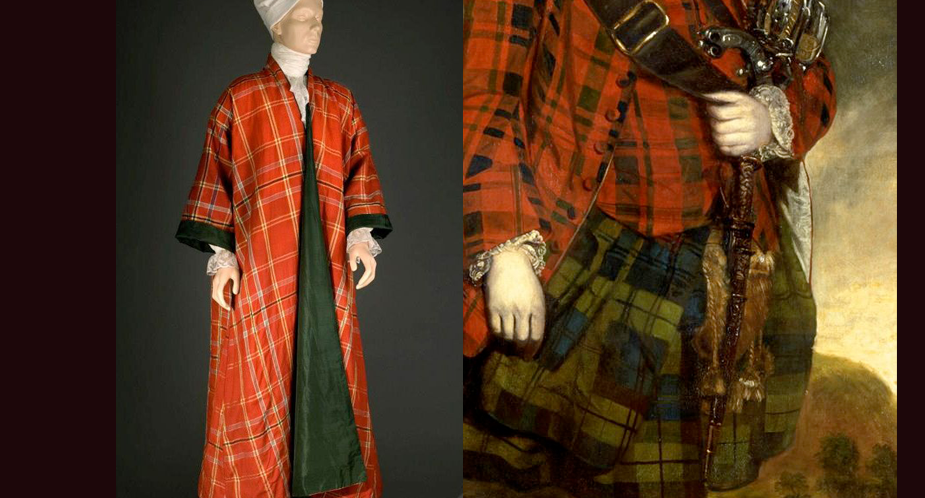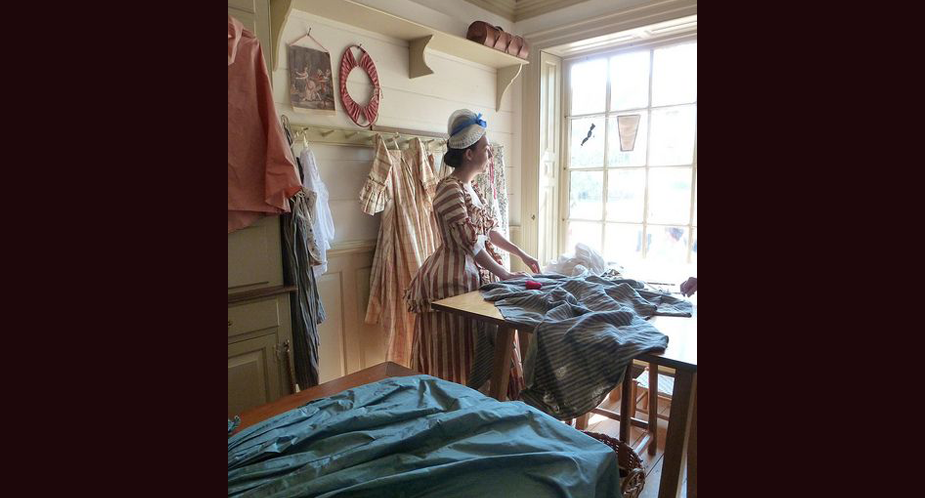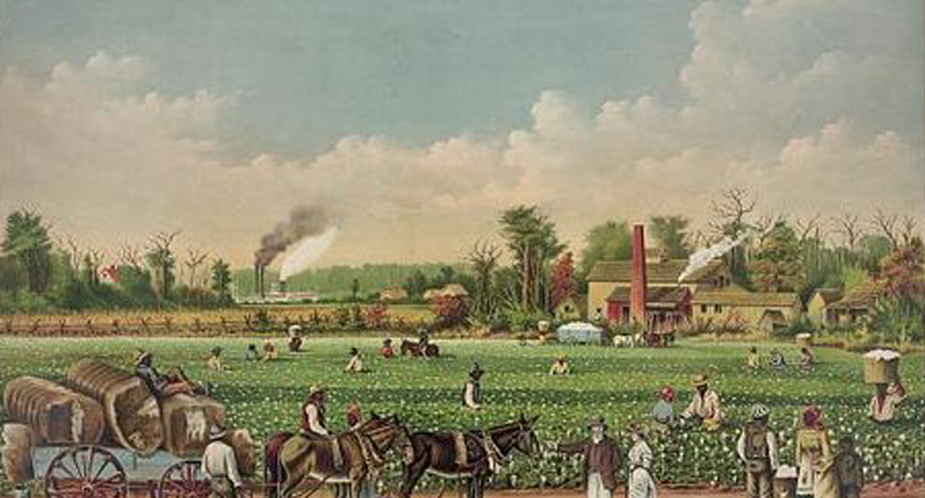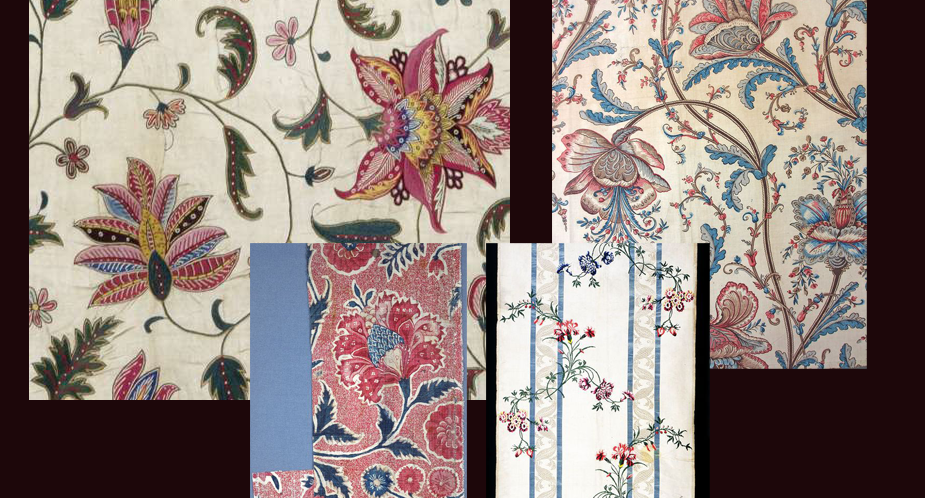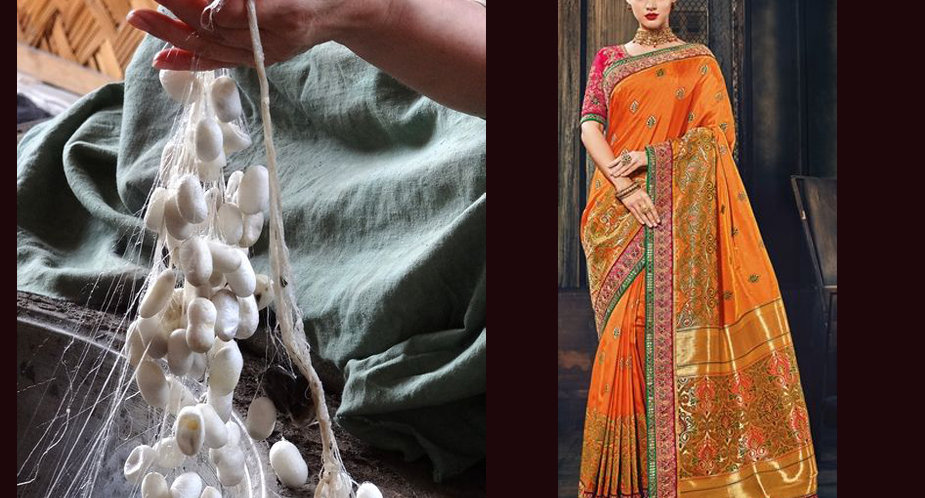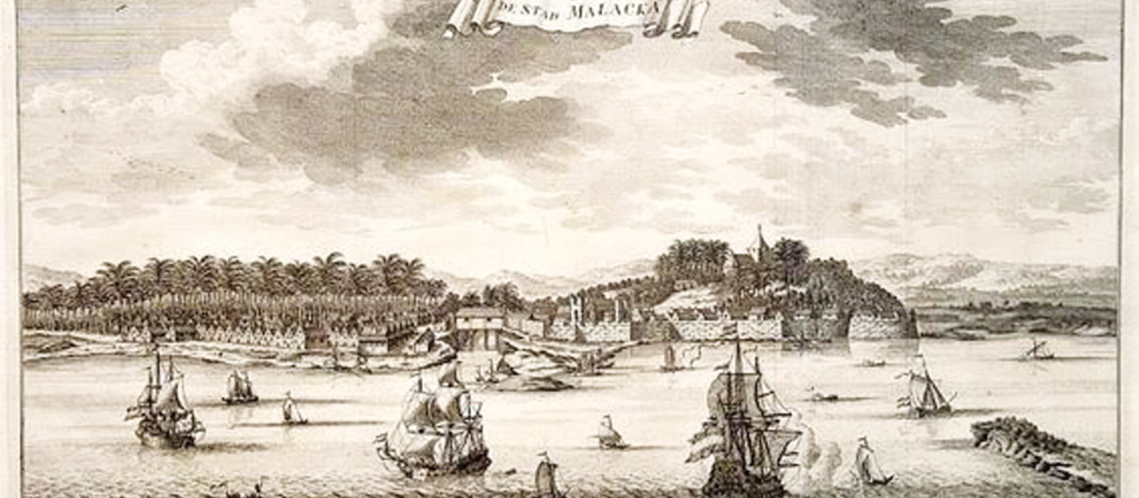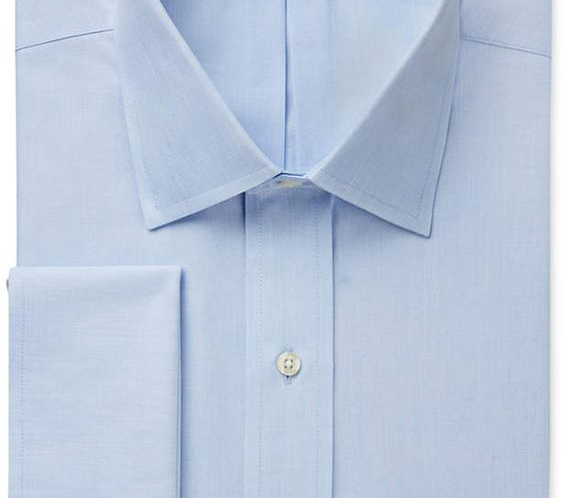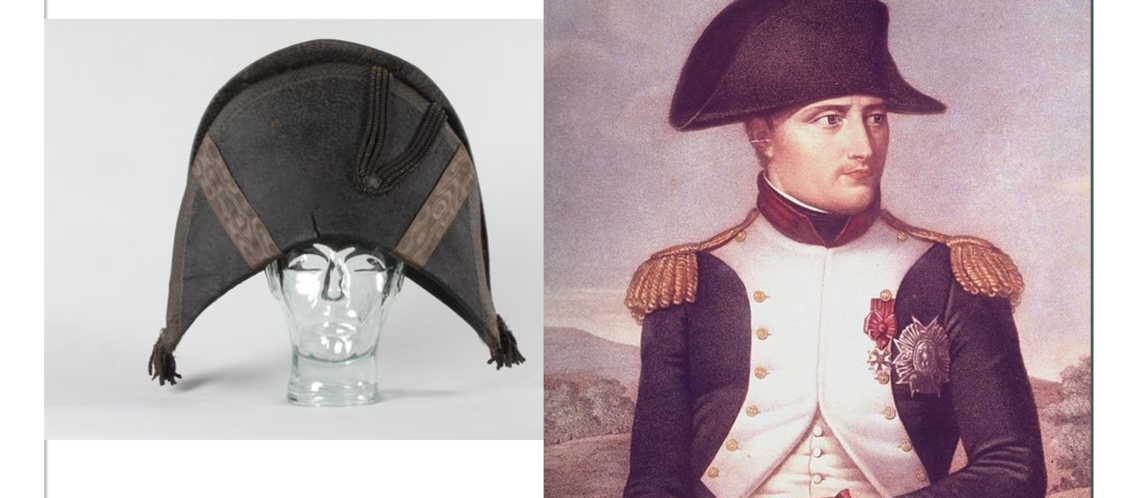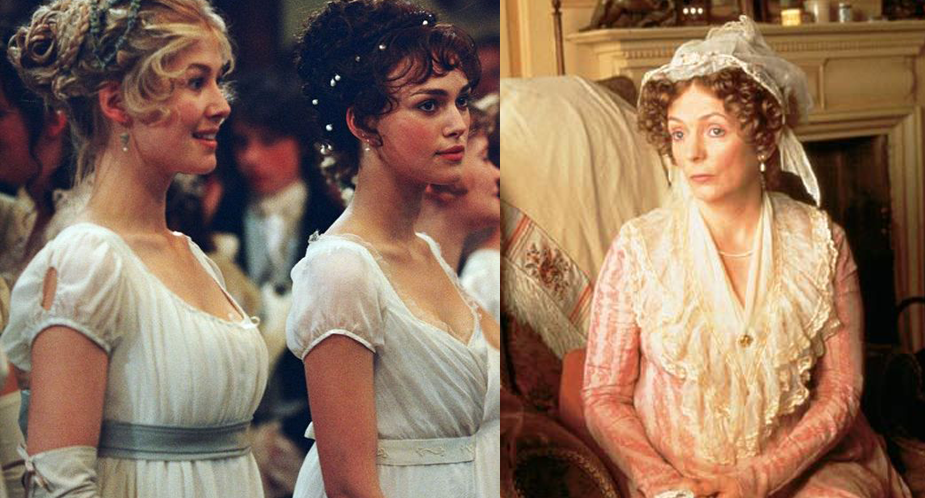…and especially England, had brought the artistic, chemical, and manufacturing methods from other places like the West Indies and Africa. They were trying to grow plants to make special dyes with some success, but historians say their art and science was never quite as good as that in the places …
